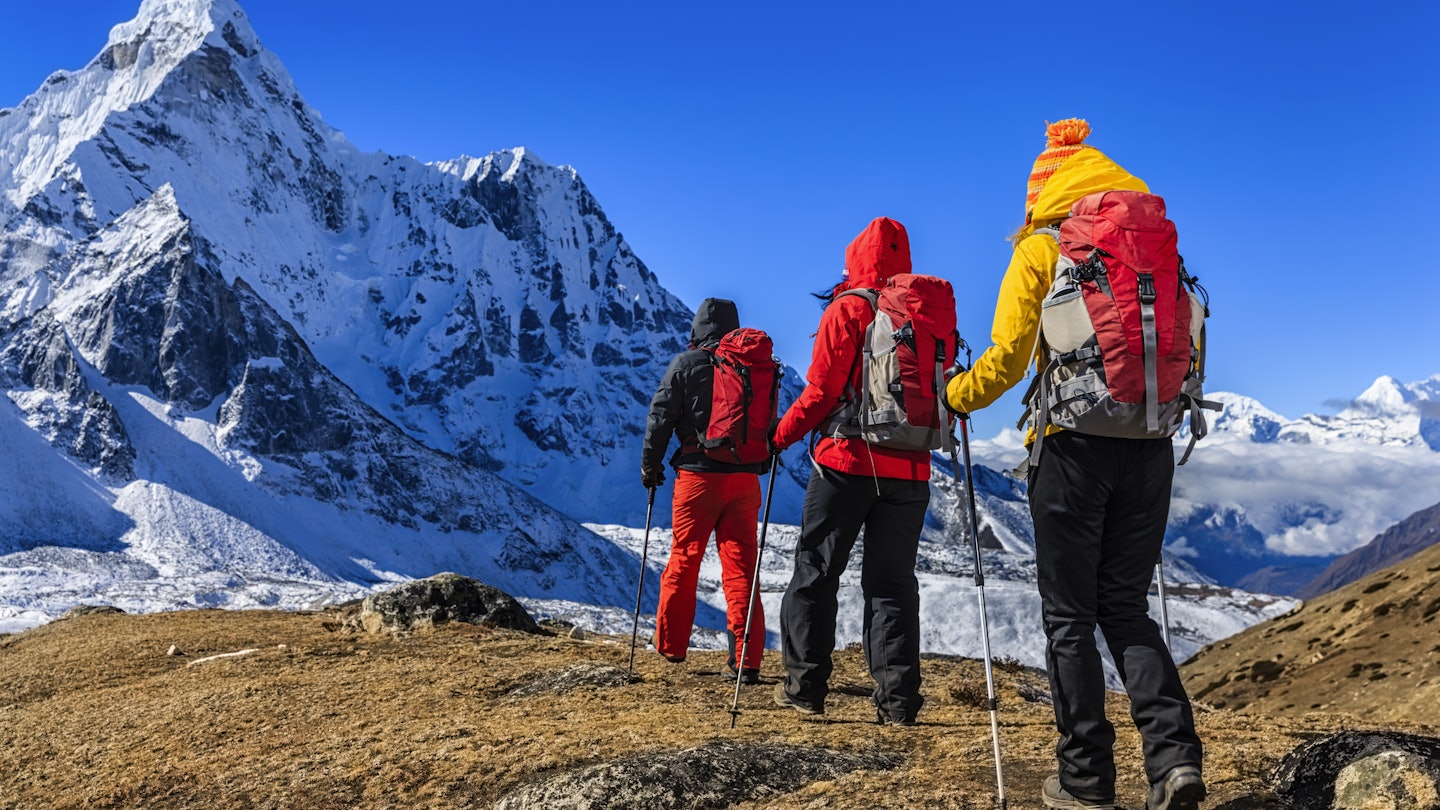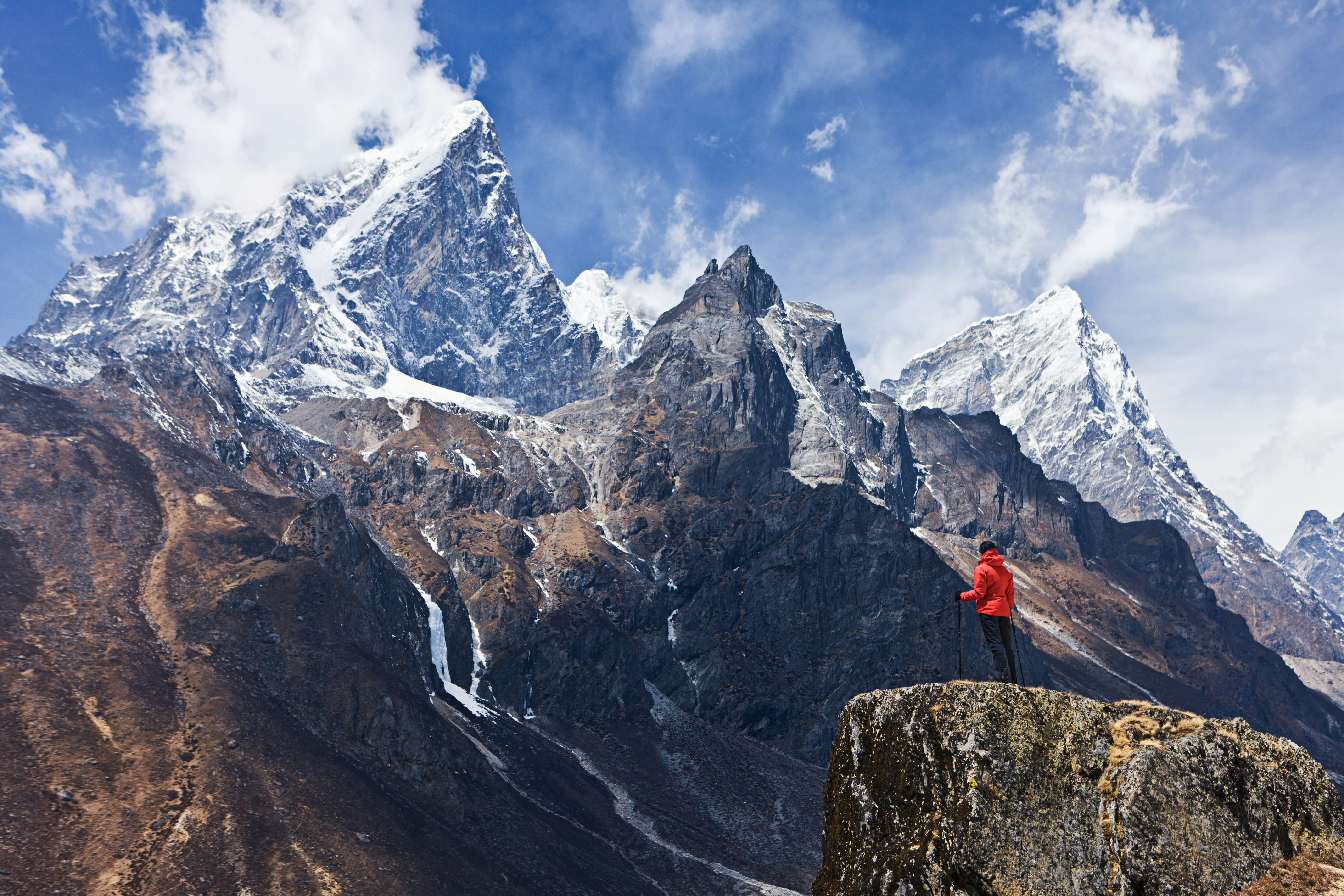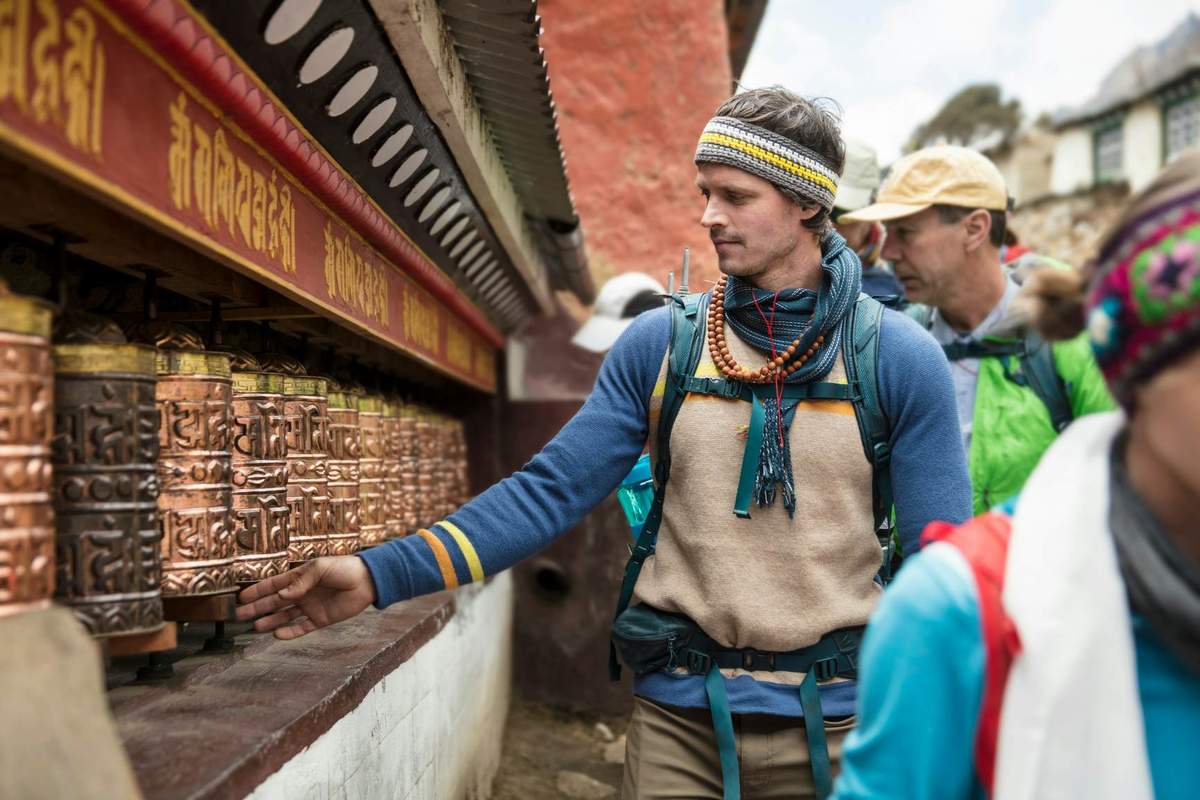Mount Everest is reopening to trekkers as Nepal resumes tourism
Nov 4, 2020 • 3 min read

Mount Everest will reopen to trekkers this fall © Bartosz Hadyniak/Getty Images
Climbing the 29,035ft-high Mount Everest is a life ambition for many people, which is why its closure in March due to the COVID-19 pandemic would have come as such a disappointment to lots of adventurers. So the news that the Nepalese government is reopening the Himalayan mountains for the most popular trekking seasons will be welcomed by trekkers who have it in their sights.

In August, Nepal began issuing permits for Mount Everest and other Himalayan mountains for the autumn climbing season, which runs from September to November. International flights resumed on August 17, and hotels and restaurants opened too. Following the success of the first group of select mountaineers who entered the country amid the pandemic, the Nepalese government announced last month that it would reopen to all qualified mountaineers and trekkers, and is now issuing permits for spring season.
But entering Nepal isn't as straightforward as it used to be. Visitors are required to seek prior approval, provide details of their itinerary and prove that they have been granted a permit to travel to Nepal. Applying for a visa on arrival is no longer substantial. The pandemic is still raging through the country. Officials don't want to risk making the situation worse by opening their borders too wide.

“We are not opening the country for all visitors and only mountaineers and trekkers who have taken prior permit will be allowed to come to Nepal,” Rudra Singh Tamang, director general of Nepal’s Department of Tourism told AP. “We are opening to a sector of visitors who we know we can handle and manage.”
Visitors must also present proof of a negative COVID-19 test, take out health insurance that covers COVID-19 treatment (that works out at least US$5000 in coverage), undergo a week-long quarantine in a Kathmandu hotel, and take another test before heading to the mountains.
But those willing and able to meet the guidelines will be rewarded with the adventure of a lifetime. Eight out of 14 of the world’s highest peaks are in Nepal, and they are Everest, Kanchenjunga, Lhotse, Makalu, Cho Oyu, Dhaulagiri, Manaslu and Annapurna. Both the trek to Mount Everest base camp and any attempt at scaling the mountain remain an important source of revenue for Nepal.
Mount Everest has captivated intrepid men and women since the 1920s, and the first climbing expedition to make it to the top was British mountaineer Edmund Hillary and sherpa Tenzing Norgay in 1953. The two-week climb to Everest Base Camp is perhaps the world's most famous trek, and tens of thousands of people tackle the route every year. They train heavily and make huge sacrifices – many with their lives – in their own attempts to reach the summit. Trekking in the Everest region is a challenge because of the altitude, but the infrastructure for trekking is highly developed there.
Information on how to go about obtaining a trekking permit in Nepal is available here.
This article was first published on August 5, 2020 and updated on November 4, 2020.
You might also like:
Walk or cycle from NYC to Canada on the new Empire State Trail
A new bike trail will allow cyclists to circle Italy's Lake Garda
Best foot forward: hiking your way around the world
Plan with a local




